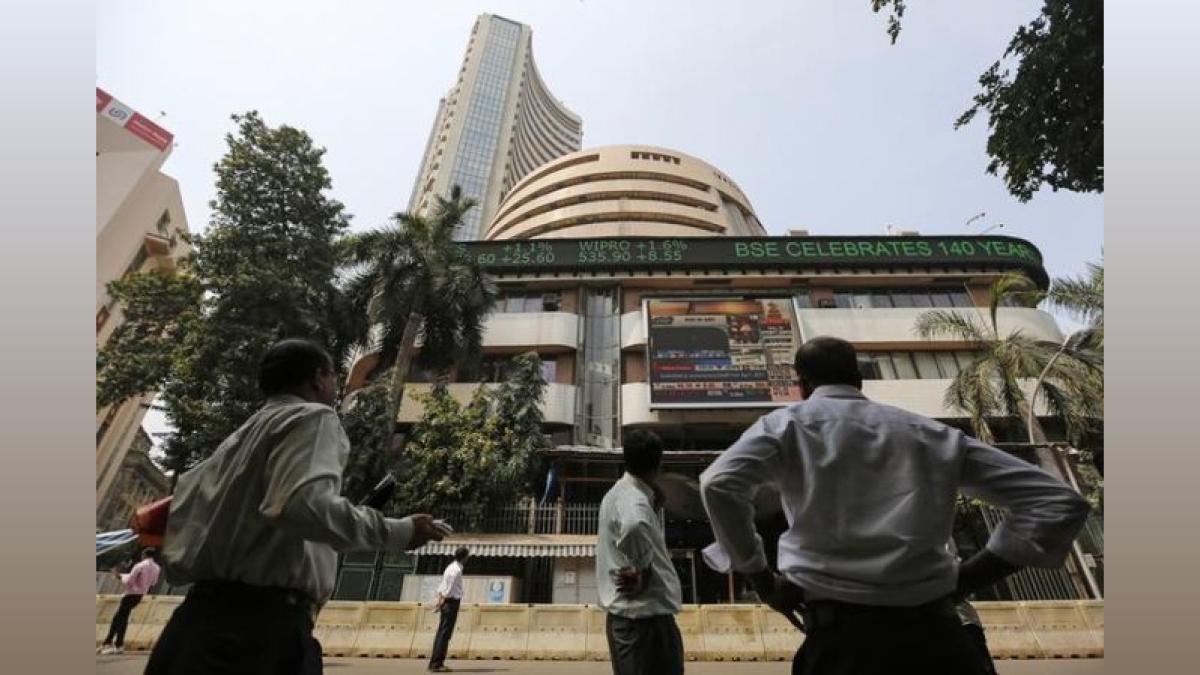Massive Foreign Investment Withdrawal From India In November
Foreign investors have pulled out a staggering ₹22,420 crore from the Indian equity market in November, marking a significant capital flight. Analysts attribute this trend to a combination of high domestic stock valuations, increasing allure of Chinese investments, and the strengthening US dollar. With global economic conditions shifting rapidly, India’s market has lost its charm for foreign portfolio investors (FPIs) in recent weeks.

High Valuations Deter Foreign Investors
One of the primary reasons for the exodus is the lofty valuations of Indian equities. India’s stock market has seen consistent growth over the years, making it one of the most attractive investment destinations. However, this rapid growth has pushed valuations to unsustainable levels, causing foreign investors to explore better value propositions in other markets.
Financial experts have noted that Indian stocks are trading at a premium compared to their global peers. The high price-to-earnings (P/E) ratios have raised concerns among investors, who are now opting for markets with more reasonable valuations and potentially higher returns.
China Gains Favor Amid Geopolitical Changes
China has emerged as a strong contender for foreign investments, with its markets showing signs of recovery. Increased political and economic stability in China, coupled with attractive investment opportunities, has drawn FPIs away from India.
The resurgence of the Chinese economy, driven by government reforms and an influx of foreign capital, has made it a preferred destination for global investors. Additionally, China’s efforts to boost its domestic consumption and manufacturing sectors have added to its investment appeal.
Rising US Dollar Creates Pressure
The strengthening US dollar has added another layer of complexity to India’s investment landscape. As the dollar appreciates, returns on investments in emerging markets like India diminish when converted back to the dollar. This currency risk has prompted investors to shift their focus to developed markets, particularly the US.
The rising dollar index has also made Indian exports less competitive on the global stage, further denting investor confidence. With the Federal Reserve maintaining a hawkish stance, the dollar’s strength is expected to persist, posing continued challenges for India’s equity market.
Concerns Over Earnings Downgrade And Geopolitical Risks
Another contributing factor is the growing apprehension about earnings downgrades among Indian companies. The rising costs of raw materials, inflationary pressures, and subdued consumer demand have raised doubts about the profitability of Indian corporates.
Geopolitical uncertainties, including the impact of the Trump administration’s trade policies and global trade tensions, have also played a role in triggering this sell-off. Investors are wary of the potential fallout from trade disputes and are seeking safer havens for their investments.
“Buy US, Sell India” Trade Strategy Gains Momentum
Financial analysts have observed a shift in investment strategies, with the “Buy US, Sell India” narrative gaining traction. Caprize Investments’ Piyush Mehta highlighted this trend, stating, “It’s been a ‘Buy US, Sell India + other Emerging Markets’ trade.” This strategy reflects the growing preference for US markets, which offer stability and attractive returns amid global economic uncertainties.
The robust performance of US markets, driven by strong corporate earnings and economic resilience, has further cemented its position as a top investment destination.
Implications For The Indian Market
The withdrawal of foreign investments has significant implications for India’s financial ecosystem. Reduced liquidity in the equity market could lead to increased volatility and lower valuations. This, in turn, may discourage domestic investors and further strain the market.
Moreover, the exodus of FPIs could impact India’s foreign exchange reserves, putting additional pressure on the rupee. A weaker rupee would increase the cost of imports, exacerbating India’s trade deficit and inflationary pressures.
Government And Regulatory Response
To address these challenges, the Indian government and regulatory bodies must take proactive measures to restore investor confidence. Policy reforms aimed at improving ease of doing business, enhancing corporate governance, and providing fiscal incentives could help attract and retain foreign investments.
Additionally, efforts to boost domestic manufacturing, reduce dependence on imports, and promote export-oriented industries are crucial for strengthening India’s economic fundamentals.
Looking Ahead: Can India Retain Its Investment Appeal?
While the current scenario may appear bleak, experts believe that India’s long-term growth story remains intact. The country’s demographic dividend, expanding consumer base, and technological advancements offer immense potential for sustained economic growth.
However, to capitalize on these strengths, India must address the structural challenges facing its economy and create a more investor-friendly environment. By fostering innovation, improving infrastructure, and ensuring policy stability, India can regain its position as a preferred destination for foreign investments.

